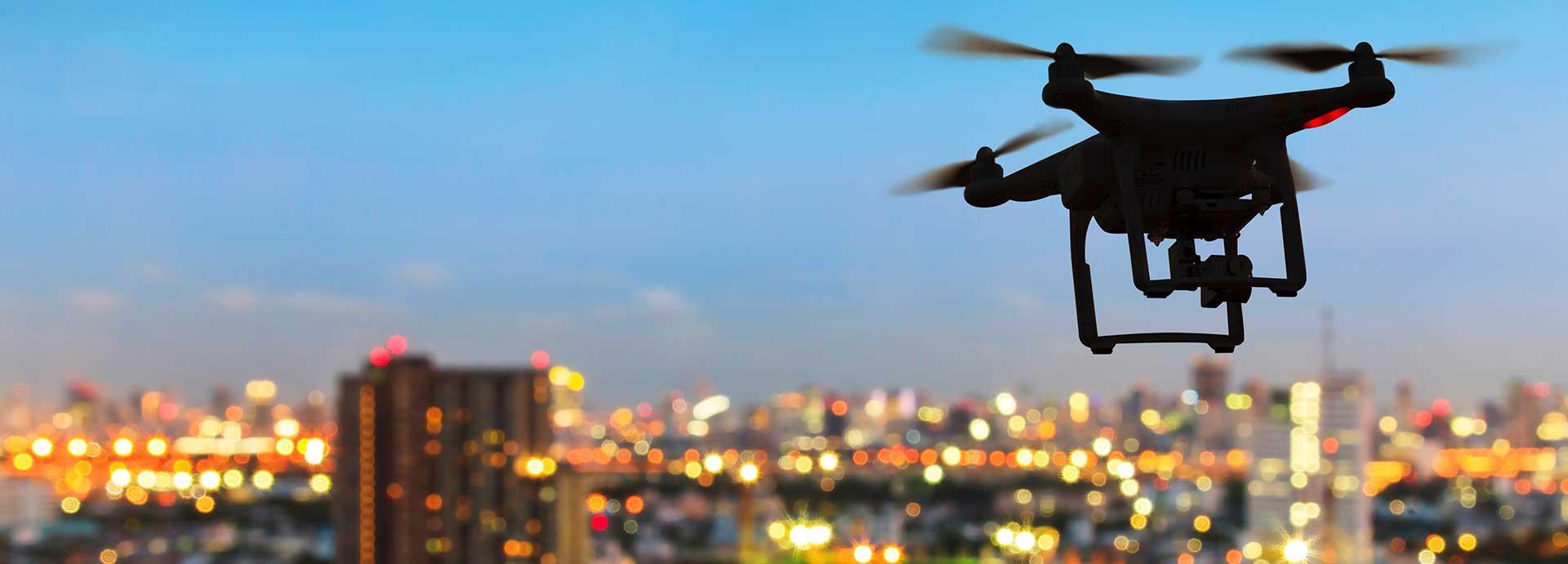

Airborne wind energy is the new kid on the block. It uses drone technology to tap higher altitudes in wind power generation. Wondering how? Here’s the answer.
Imagine a source of renewable energy that utilises 90% less material, is more easy to setup, maintain and operate, (with practically zero transportation effort, minimal environmental and ecological impact) and generates the same output as any other non-conventional source of energy.
Enter airborne wind energy. It aims to bolster the energy production of wind power by tapping higher altitudes that are not in the range of conventional ground-mounted wind turbines. Machines that harvest this energy are known as the Airborne Wind Energy Systems (AWES).
“AWES solutions do not use a tower but a drone or a flying wing tethered to the ground. The tether enables them to access stronger and more persistent winds at significantly higher altitudes as compared to traditional tower-based wind mills,” says Dr Roland Schmehl, Associate Professor at the Aerospace Engineering faculty of Delft University of Technology.
In other words, the system uses aircraft tethered to a ground generator that converts wind into electric energy. The aircraft movement reels the tether and powers the generator. The plane is then reeled in through the tether and then re-released into the air, when needed.
“Small scale systems generating power between 20 and 100 kilowatts can be transported by truck and can be installed in relatively shorter span of time as we do not need a foundation nor the need to erect a tower,” adds Dr Schmehl.
Wind energy market
While unconventional power generation techniques come with the benefit of green energy, the efficiency and implementation-related challenges have been a downer. This is why a future concept like the airborne wind energy is taking flight.
“The potential of this nascent concept is promising as we are witnessing an encouraging response,” says Dr.Schmehl.
With advantages of portability & quick turnaround, the current primary target markets for AWES industry are remote areas where transportation is a challenge. Interestingly, the AWES industry is not governed by any specific regulation. Currently, the industry has to comply with a mix of UAV (Unmanned Aerial Vehicles) and standard kite regulatory frameworks in most countries.
“At present we do not have clear guidelines on mass deployment of AWES but we expect a roll out of them soon,” Dr Schmehl points out.
Bernard van Hemert, Project Manager at Ampyx Power B.V. - an airborne wind energy company – agrees.
“In the long term, we foresee an enormous potential in the floating offshore wind market, where the advantages of the AWES system over conventional wind turbines (low weight, minimal foundation loads) have even more weight than for the case for bottom-fixed foundations,” he adds.
The current market size of AWES is non-existent. According to Dr Schmehl there is no single example of it that is commercially operational. There are a few companies, he says, like kitewinder.fr, who market small AWES, to charge batteries for backpacking applications.
“This is a nice small-scale solution but it does not create any impact on the energy economy,” he says.
The AWES segment needs to be nurtured to transform it into an attractive investment option as well as a strong contender in the competitive energy market.
Turbulent start
This budding sector has a long list of challenges though. It includes concerns regarding safety and reliability and the absence of design standards and certification. There is also a pressing need to validate dynamic simulations and define appropriate design load cases and safety margins. Last but not the least is the need for a comprehensive testing program.
Apart from engineering challenges, the AWES will also have to battle through a host of business hurdles, which demand robust power generation capabilities and low maintenance costs to rationalise the huge capital investments required for its deployment.
“Most of the demonstrated AWES projects have an operational time frame of not more than one day and our plan is to boost this to months and years. We also need to make AWES more reliable apart from addressing legislative challenges like using airspace together with aircraft,” comments Dr Schmehl.
With developing economies including China, India, Brazil registering a ballooning economic and industrial growth, the demand for unconventional and clean sources of energy is set to rise significantly in the coming years, particularly with the alarming levels of pollution in such regions.
While it might be too early to come up with a definitive judgment on the success of this industry, the advantages surely make AWES a great idea as the future source of power generation.
Did you like this? Subscribe to Insights updates!
Once every six weeks, you will get the top picks – the latest and the greatest pieces – from this Insights channel by email.
